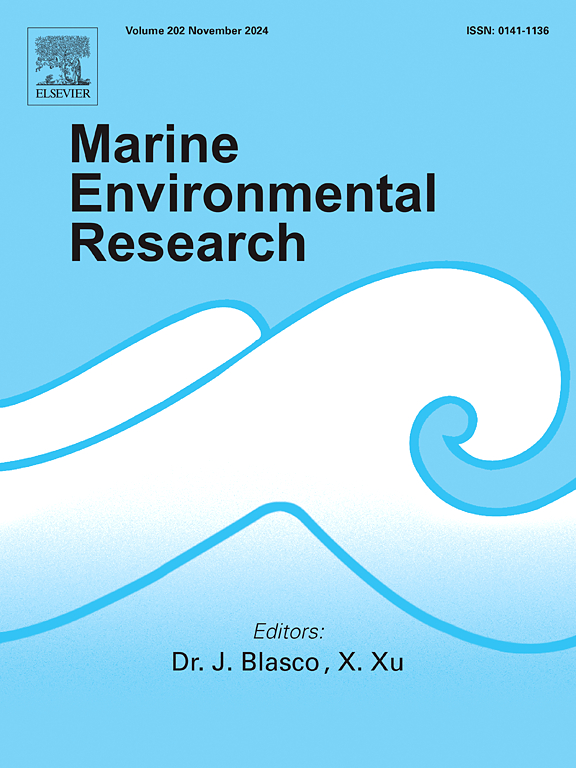A non-lethal technique for sampling liver from live juvenile Siberian sturgeon (Acipenser baerii)
IF 3
3区 环境科学与生态学
Q2 ENVIRONMENTAL SCIENCES
引用次数: 0
Abstract
The liver, as a pivotal organ in the body responsible for a wide range of functions, including metabolism, detoxification, nutrient storage, and overall well-being is commonly sampled for various studies in fish research. Traditional methods for liver sampling require euthanizing the specimens. This study demonstrated a non-lethal or minimally invasive technique for collecting liver tissue from live juvenile Siberian sturgeon (Acipenser baerii) using a needle biopsy. We successfully collected small liver samples (100–250 mg) from each individual without any recorded mortalities. The incision was fully closed after 10 days post sampling. No significant differences in growth performance were observed between the needle-biopsied and control fish after 10 and 30 days. This technique offers a practical and valuable method for liver sampling, suitable for various research studies without sacrificing and harming fish. This is particularly beneficial for endangered and threatened species.
求助全文
约1分钟内获得全文
求助全文
来源期刊

Marine environmental research
环境科学-毒理学
CiteScore
5.90
自引率
3.00%
发文量
217
审稿时长
46 days
期刊介绍:
Marine Environmental Research publishes original research papers on chemical, physical, and biological interactions in the oceans and coastal waters. The journal serves as a forum for new information on biology, chemistry, and toxicology and syntheses that advance understanding of marine environmental processes.
Submission of multidisciplinary studies is encouraged. Studies that utilize experimental approaches to clarify the roles of anthropogenic and natural causes of changes in marine ecosystems are especially welcome, as are those studies that represent new developments of a theoretical or conceptual aspect of marine science. All papers published in this journal are reviewed by qualified peers prior to acceptance and publication. Examples of topics considered to be appropriate for the journal include, but are not limited to, the following:
– The extent, persistence, and consequences of change and the recovery from such change in natural marine systems
– The biochemical, physiological, and ecological consequences of contaminants to marine organisms and ecosystems
– The biogeochemistry of naturally occurring and anthropogenic substances
– Models that describe and predict the above processes
– Monitoring studies, to the extent that their results provide new information on functional processes
– Methodological papers describing improved quantitative techniques for the marine sciences.
 求助内容:
求助内容: 应助结果提醒方式:
应助结果提醒方式:


